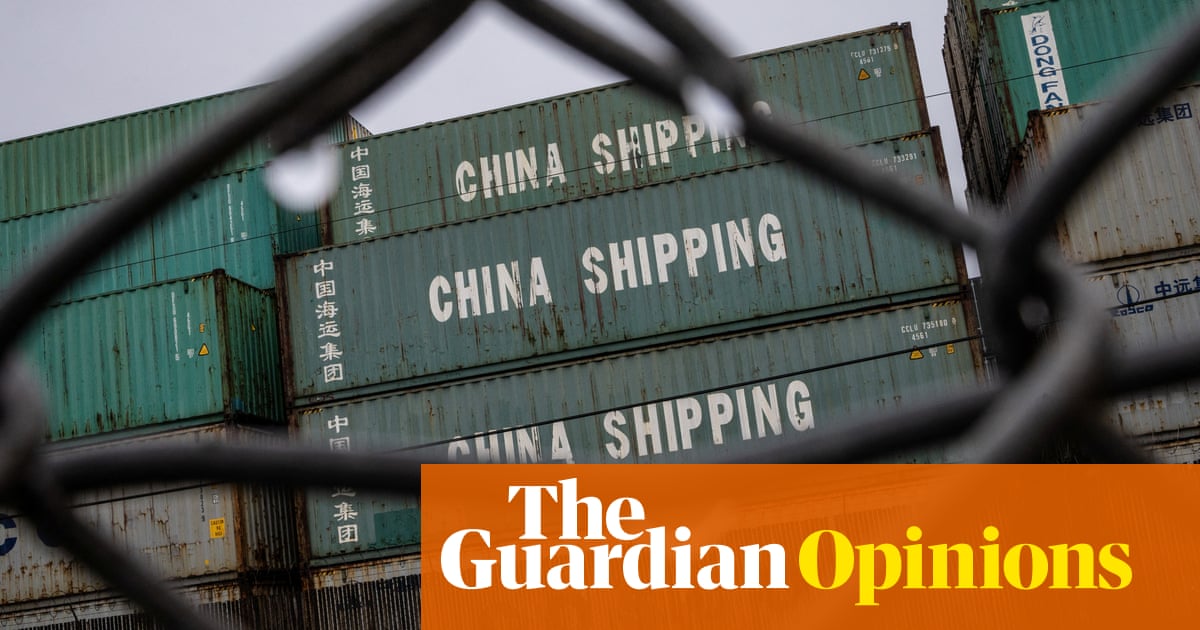Trump’s Tariff Pause: Analyzing the Impact and Future Implications
Donald Trump’s recent decision to pause massive tariffs on Chinese goods has sparked a wave of reactions. The media has debated the implications, Wall Street celebrated the temporary relief, and many businesses took a collective sigh of relief. However, the question remains: how long will this pause last, and what does it truly mean for various sectors?
Existing Tariffs Still Looming
It’s crucial to note that not all tariffs have been lifted. A 10% levy on all Chinese goods remains intact, alongside an additional 20% tax tied to concerns over fentanyl trafficking. When factoring in the existing tariffs on steel, imposed by both the Trump and Biden administrations, the effective tariff rate on Chinese imports hovers around an alarming 40%. According to analysis from the Wall Street Journal, this significant figure poses challenges especially for industries reliant on steel, aluminum, semiconductors, and synthetics.
Effects on Margins and Consumer Prices
Such high tariffs inevitably pressure profit margins for companies that depend on imported materials. For businesses in sectors like automotive, electronics, and even textiles, a sudden 30-40% increase in material costs can lead to difficult choices regarding pricing and investment. Typically, these costs get passed down to consumers, meaning end products could see substantial price hikes. While consumers might not feel the pinch when purchasing everyday items like underwear from Target, industries heavily reliant on imported materials will face considerable operational challenges.
The Persistent China Conundrum
Trump’s long-standing animosity towards China complicates the tariff landscape. His allegations against China as thieves, polluters, and unfair traders are deeply entrenched in his administration’s policies. The unsettling reality is that this rhetoric and trade approach won’t just evaporate. Trump’s earlier tenure saw the imposition of tough tariffs coupled with stringent demands aimed at mitigating the trade imbalance with China. In 2018, his administration sought specific quotas on imports, stringent technology-sharing mandates, and protective measures against data theft.
The Unfinished Business of Trade Negotiations
These attempts to recalibrate trade relations came to a halt with the onset of the pandemic, but the underlying issues remain unresolved. As we look toward future trade discussions, Trump’s administration may reignite these contentious debates, leading to a return of excessive tariffs and a potential resurgence of trade war attitudes.
Business Strategies in Turbulent Times
Despite the challenges, many businesses are not standing still. Those with the needed capital are seizing this tariff pause as an opportunity to stock up on products from China, almost like a clearance sale. Others are strategically utilizing bonded warehouses and storage facilities in free-trade zones to buffer against future tariff hikes. This could allow them to receive goods at a lower cost when they eventually pull these materials from storage.
Seeking Alternatives and Domestic Manufacturing
Furthermore, companies are actively searching for alternative suppliers or re-evaluating their manufacturing locations. Some businesses have even begun to bring assembly operations back to the U.S., which may provide a cushion against fluctuating tariffs. Those lacking the resources to adapt are contemplating pricing strategies and ways to communicate additional costs to customers. It’s not uncommon for them to create dedicated line items on invoices that clearly outline tariff charges, effectively saying, “Don’t blame us for this.”
The Wiser Move: A Proactive Approach
Foresighted companies began adapting their strategies years ago, anticipating the potential fallout from tariffs. By closely monitoring Trump’s rhetoric and previous actions, many have positioned themselves favorably in a fluctuating market. For businesses that waited too long to adjust to the changing landscape, particularly smaller enterprises with limited supplier options, the current environment presents significant risks. The ongoing tariff pause may not last as long as expected, and a return to high tariffs could destabilize industries relying on Chinese supply chains.
The Uncertain Road Ahead
In summary, while Trump’s tariff pause has provided short-term relief, the underlying issues remain unresolved, and more turbulent negotiations could lie ahead. Companies must prepare accordingly, as the landscape remains fraught with volatility. With Trump’s unpredictable nature and historical tendency to target China, the stakes are high, and businesses must stay vigilant in navigating these uncertain waters.


